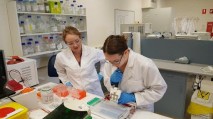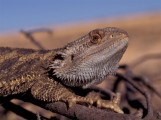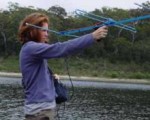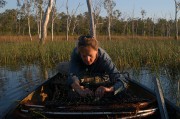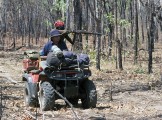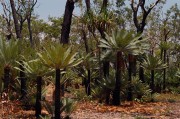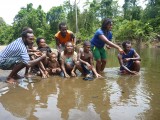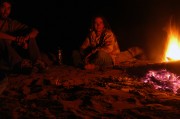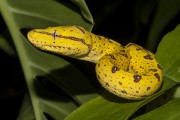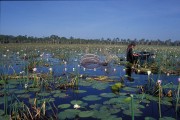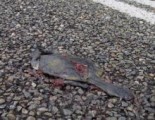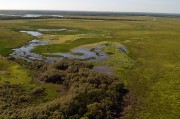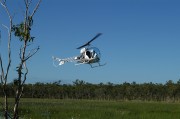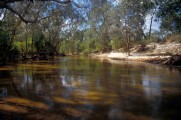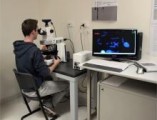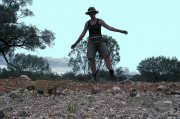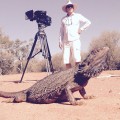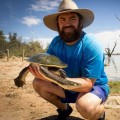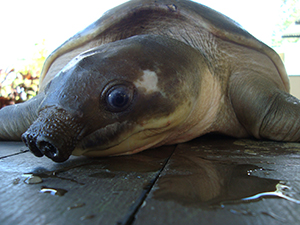 Great to see our latest paper, led by PhD student Matt Young, appear in [Diversity and Distributions]( https://doi.org/10.1111/ddi.70015). This is the culmination of years of work collecting samples from across the species range in northern Australia and southern New Guinea.
Great to see our latest paper, led by PhD student Matt Young, appear in [Diversity and Distributions]( https://doi.org/10.1111/ddi.70015). This is the culmination of years of work collecting samples from across the species range in northern Australia and southern New Guinea.
In the paper, we examine the phylogeographic genetic structure of the endangered pig-nosed turtle Carettochelys insculpta, the last remaining member of a once globally widespread family, now restricted to northern Australia and New Guinea, a region with a complex geological and eustatic history.
Phylogenetic relationships and patterns of genetic diversity were examined using a genome-wide dataset of 15,081 single nucleotide polymorphisms and two mitochondrial loci.
The Australian, Papua New Guinea and Indonesian Papua turtles are recovered as three distinct lineages; the Australian lineage diverged from the New Guinea lineages ca 660 Kya, while the Papua New Guinea and Indonesian Papua Province lineages diverged ca 564 Kya. Although the fossil record shows that the pignosed turtle has been a long-standing occupant of the Australia and New Guinea (since at least the Miocene), extant lineages diverged later in the Middle Pleistocene. Both the Australian and Papua New Guinea lineages were likely shaped by bottlenecks, isolation and genetic drift, which in the Australian lineage greatly reduced effective population sizes and led to erosion of genetic diversity.
The contemporary genetic structure of the pignosed turtle is most consistent with a vicariance model whereby a large interchanging population occupying northern Australia and New Guinea came to be fragmented and diverged into Australian, Papua New Guinea and Indonesian Papua lineages. Subsequent dispersal via paleodrainages of the submerged continental shelf under the influence of Pleistocene sea-level change is thought to have been impeded by the isolation of the Akimeugah and Arafura Basins. All populations of the Australian lineage show low genetic diversity without contemporary gene flow, suggesting they are vulnerable to inbreeding and reduced fitness, requiring the consideration of genetic rescue.
The two surprises in this paper are the unexpected levels of divergence between the regions the species occupies, even between the three major drainages in Australia. This is unexpected because the pignosed turtle is known to be a highly mobile species, migrating large distances up and down the drainages it occupies, and is also known to be tolerant of saline conditions.
 The second surprising result is that exchange between Australia and New Guinea does not appear to have occurred during sea level drops of the last glacial-interglacial cycles. Instead the population of the species appears to have been fragmented early, half a million years ago, and the genetic signal of that vicariance has not been obliterated by subsequent exchange between Australia and New Guinea. The reason for this is explained on examination of paleochannels that drained the continental shelf during times of low sea level. You need to read the paper.
The second surprising result is that exchange between Australia and New Guinea does not appear to have occurred during sea level drops of the last glacial-interglacial cycles. Instead the population of the species appears to have been fragmented early, half a million years ago, and the genetic signal of that vicariance has not been obliterated by subsequent exchange between Australia and New Guinea. The reason for this is explained on examination of paleochannels that drained the continental shelf during times of low sea level. You need to read the paper.
Great work from Matt and the team.
